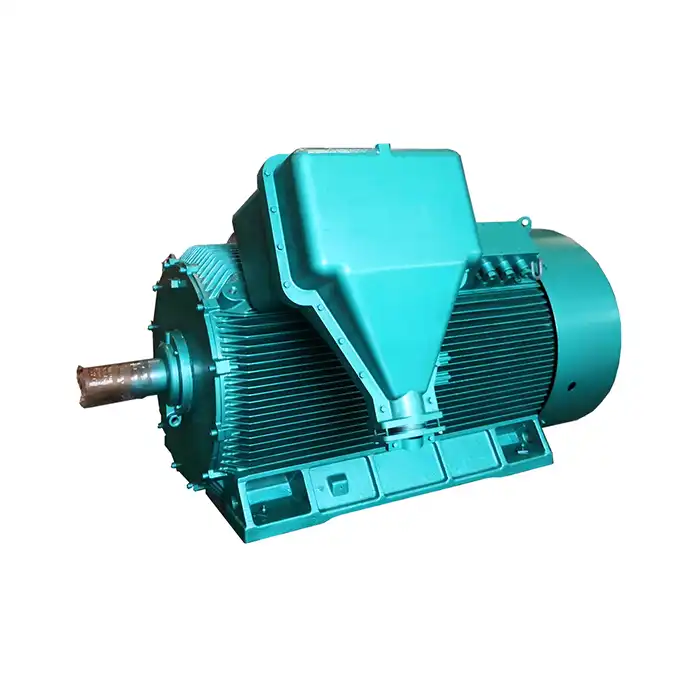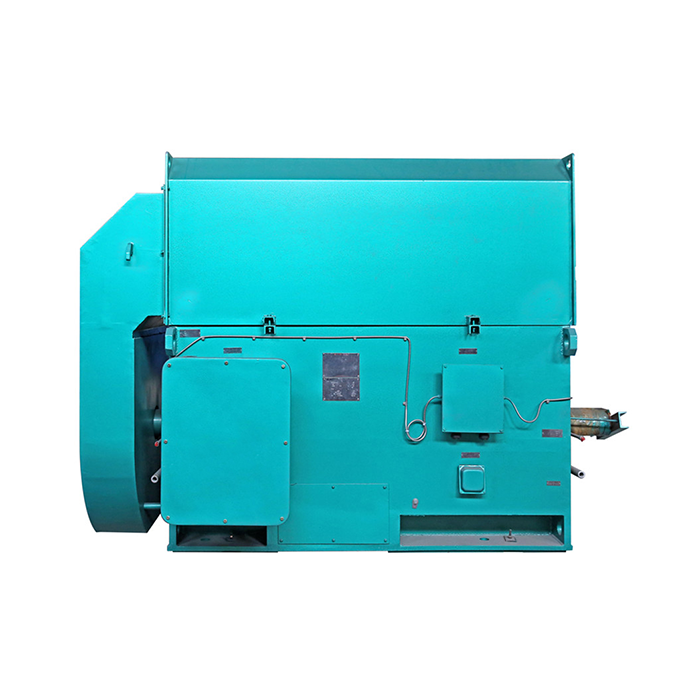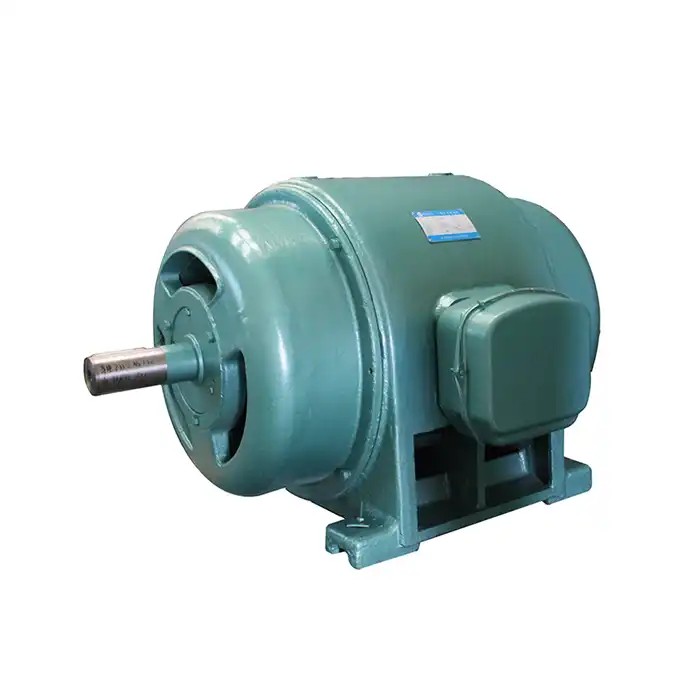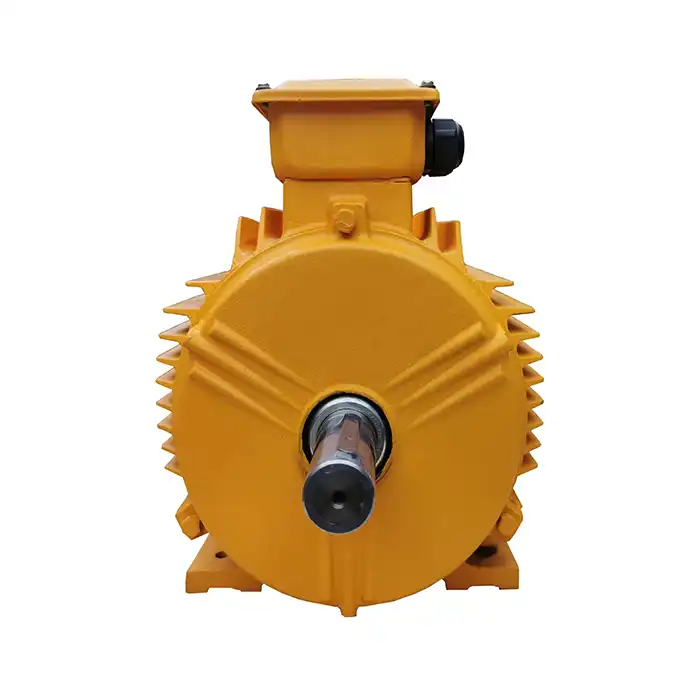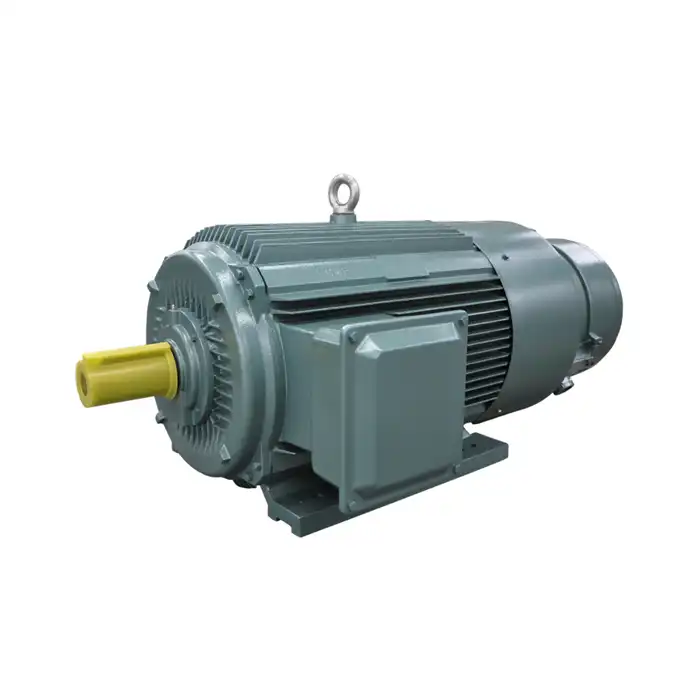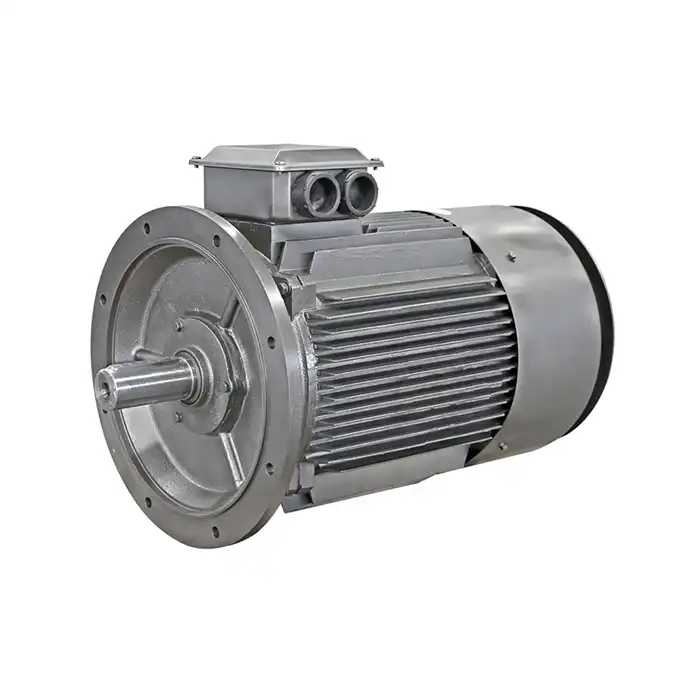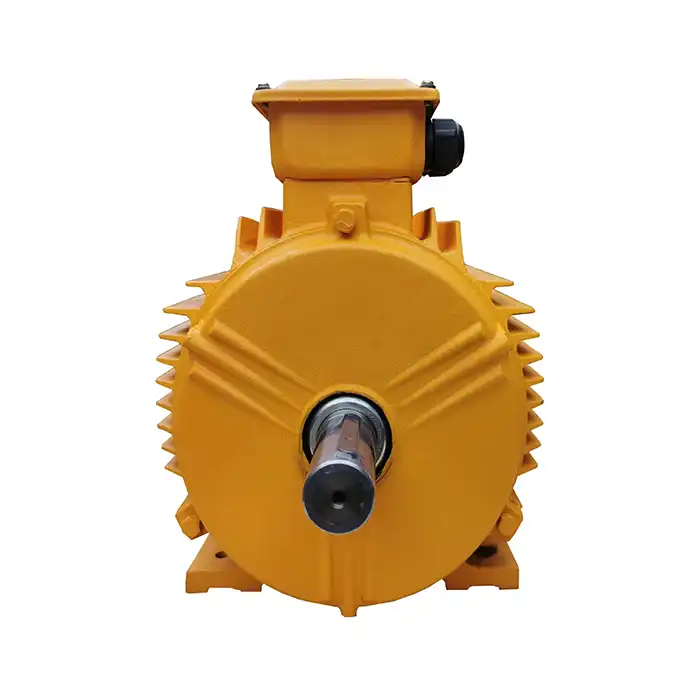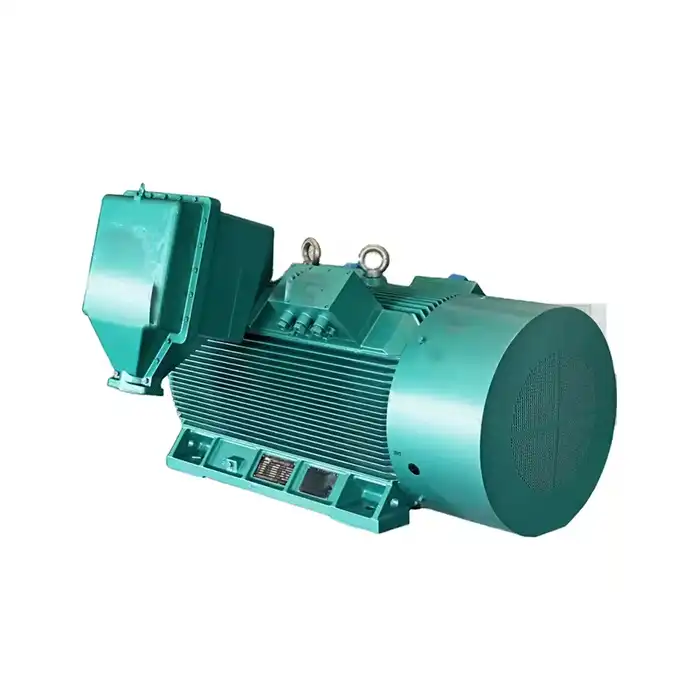In the realm of electric motors, understanding protection ratings is crucial for selecting the right motor for your specific application. One such rating that often comes up is IP23. But what exactly does this mean, and when should you consider using an IP23 motor? This comprehensive guide will unravel the mysteries of IP23 motors, their applications, and how they compare to other protection levels.

Series:Y
Voltage range: 380V±5%
Power range: 55~355 kW
Protection level:IP23
Application: This series of motors can be used to drive various machinery. Such as ventilators, compressors, water pumps, crushers, cutting machine tools and other equipment, and can be used as prime movers in coal mines, machinery industries, power plants and various industrial and mining enterprises.
Advantage: This series of motors has the advantages of high efficiency, energy saving, low noise, small vibration, light weight, reliable performance, and convenient installation and maintenance.
Certificate: The motor complies with JB5271-91
Others: SKF, NSK, FAG bearings can be replaced according to customer requirements.
IP23 Rating Decoded: Understanding Motor Protection Classes
The IP (Ingress Protection) rating system is a standardised method for classifying the degree of protection provided by electrical enclosures against solid objects and liquids. In the case of an IP23 motor, the numbers indicate specific levels of protection:
Breaking Down the IP23 Code
The IP rating system provides a clear and standardised way to understand how well electrical motors and other devices are protected against external influences. For an IP23-rated motor, each number carries a specific meaning that indicates the motor's level of protection against solids and liquids. The first digit, '2', refers to the level of protection against contact with solid objects, while the second digit, '3', indicates the protection against water ingress. By decoding this rating, engineers and operators can quickly assess whether a motor is suitable for a given environment, ensuring safety, reliability, and performance. This knowledge is critical when selecting motors for industrial or outdoor applications.
Solid Object Protection (First Digit)
In the IP23 rating, the first digit '2' conveys that the motor is protected against solid objects larger than 12.5 millimetres in diameter. This includes everyday items such as fingers, tools, or other medium-sized foreign objects that might accidentally come into contact with the motor's internal components. By preventing such contact, this level of protection not only safeguards the motor's internal mechanisms from damage but also enhances operator safety. While it does not protect against smaller particles like dust, it provides a basic level of security sufficient for many industrial or commercial settings where the risk of large object intrusion is a concern.
Liquid Protection (Second Digit)
The second digit '3' in the IP23 rating specifies protection against water spraying at angles up to 60 degrees from the vertical. This means the motor can withstand occasional exposure to splashing water, rain, or cleaning operations without allowing water to reach critical internal components. This level of liquid protection is particularly useful in environments where moisture or light water contact is possible but not constant, such as workshops, outdoor installations, or areas subject to periodic washing. While not fully waterproof, the IP23 rating ensures that the motor maintains operational reliability even in moderately wet conditions, reducing downtime and maintenance needs.
Ideal Environments for IP23 Motors: A Practical Guide
IP23 motors are designed to operate in specific conditions. Understanding these conditions can help you determine if an IP23 motor is the right choice for your application.
Indoor Industrial Settings
IP23 motors are well-suited for many indoor industrial environments where moderate protection against dust and water is required. They're often used in:
Manufacturing facilities
Warehouses
Processing plants
Ventilated Areas
These motors are designed with open ventilation, making them ideal for use in areas with good air circulation. This design allows for efficient cooling but also means they're not suitable for extremely dusty or wet environments.
Temporary Outdoor Use
While not designed for permanent outdoor installation, IP23 motors can withstand brief exposure to light rain or snow. However, they should be protected or brought indoors during severe weather conditions.
Comparing IP23 Motors to Other Protection Levels
To fully appreciate the capabilities and limitations of IP23 motors, it's helpful to compare them to other common IP ratings.
IP23 vs IP44
IP44 motors offer greater protection against solid objects and water spray from all directions. They're suitable for outdoor use and in environments with higher levels of dust or water exposure.
IP23 vs IP55
IP55 motors provide even more robust protection, guarding against dust ingress and low-pressure water jets from any direction. These are often used in more demanding industrial environments or outdoor applications.
IP23 vs IP66
IP66 motors offer the highest level of protection in this comparison, being dust-tight and protected against powerful water jets. These are used in extremely harsh environments or where motors may be directly exposed to high-pressure cleaning.
Selecting the Right Protection Level
Choosing between these protection levels depends on your specific application requirements. Consider factors such as:
Environmental conditions
Exposure to dust and water
Cleaning procedures
Indoor vs outdoor use
Applications of IP23 Motors
IP23 motors find use in various industrial applications, including:
Ventilation systems
Compressors
Pumps
Machine tools
Conveyors
Advantages of IP23 Motors
IP23 motors offer several benefits:
Good ventilation for efficient cooling
Lower cost compared to higher IP-rated motors
Lighter weight due to less extensive enclosure
Suitable for a wide range of indoor industrial applications
Limitations of IP23 Motors
While versatile, IP23 motors do have some limitations:
Not suitable for extremely dusty environments
Limited protection against water ingress
Not recommended for permanent outdoor installation
May require additional protection in harsh industrial settings
Maintenance Considerations for IP23 Motors
Proper maintenance is crucial for ensuring the longevity and performance of IP23 motors:
Regular cleaning to prevent dust accumulation
Periodic inspection of ventilation openings
Checking for signs of water ingress
Lubricating bearings as per manufacturer recommendations
Energy Efficiency and IP23 Motors
While the IP rating doesn't directly correlate with energy efficiency, the open design of IP23 motors can contribute to efficient cooling, which can impact overall energy consumption.
Regulatory Compliance and IP23 Motors
When selecting an IP23 motor, ensure it meets relevant industry standards and regulations for your specific application and region.
Conclusion
In conclusion, IP23 motors offer a balance of protection and ventilation suitable for many indoor industrial applications. By understanding their capabilities and limitations, you can make an informed decision on whether an IP23 motor is the right choice for your specific needs.
Are you in need of reliable, efficient motor solutions for your industrial applications? Look no further than XCMOTOR. We specialise in providing high-quality power equipment solutions tailored to meet the diverse needs of industries ranging from manufacturing and process control to HVAC and renewable energy. Our team of experts is ready to assist you in selecting the perfect motor for your specific requirements, whether you're in automotive, aerospace, electronics, or any other industrial sector. Don't let motor selection become a bottleneck in your operations. Contact us today at xcmotors@163.com to discuss how we can power your success with our innovative motor solutions.
References
1. Johnson, R. (2021). "Understanding IP Ratings in Electric Motors: A Comprehensive Guide"
2. Smith, A. et al. (2020). "Industrial Motor Selection: Balancing Protection and Performance"
3. Brown, L. (2019). "IP23 Motors: Applications and Limitations in Modern Industry"
4. Technical Standards Committee. (2022). "IEC 60034-5: Rotating electrical machines - Part 5: Degrees of protection provided by the integral design of rotating electrical machines (IP code)"
5. Anderson, P. (2018). "Comparative Analysis of Motor Protection Ratings in Industrial Applications"
6. Lee, S. (2023). "Advancements in Motor Protection: From IP23 to Modern Standards"



